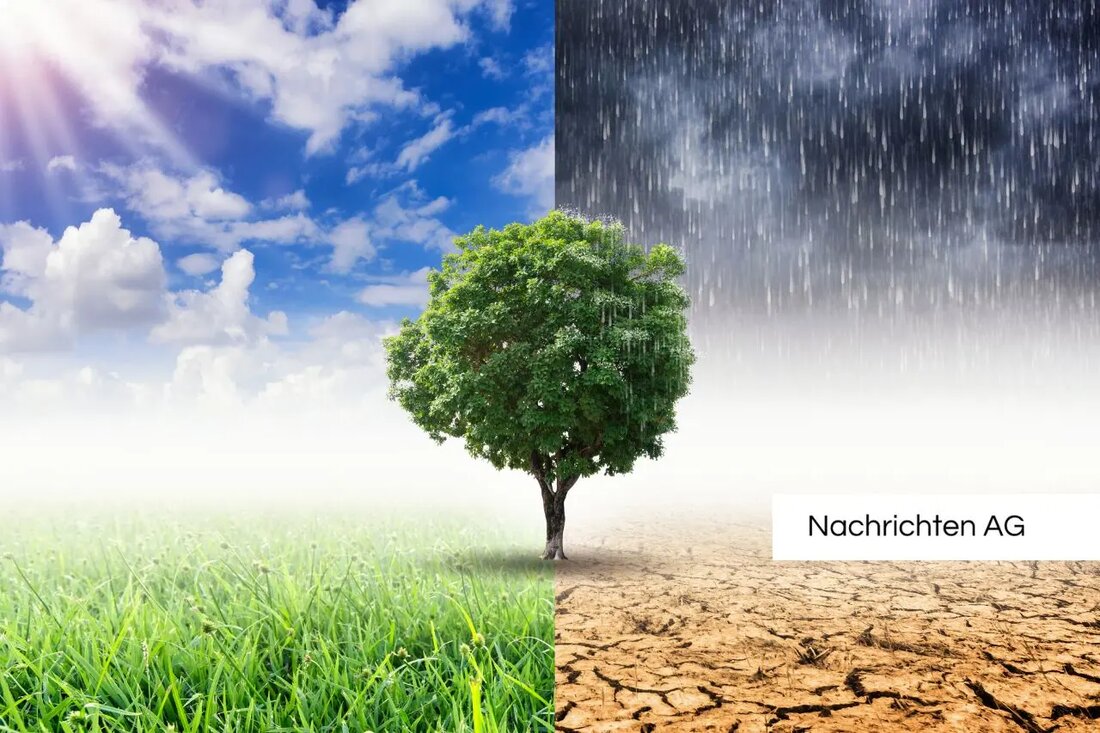Green goods places in Cochem-Zell: Reduction threatens the environment!
Green goods places in Cochem-Zell: Reduction threatens the environment!
In the Cochem-Zell region, a possible change in waste management is emerging. It is considered a reduction in the currently 37 green goods levy spaces. The exact number of remaining collecting places is still under discussion. The relevance of the greenery exploitation focuses on. This is particularly important because the SPD district parliamentary group wrote a letter to District Administrator Anke Beilstein. The recommendation is given that the work committee is closer to the topic of the organic and green waste recycling, especially in the context of the Rhine-Hunsrück disposal in Kirchberg. Alternatively, the head of the Rhein-Hunsrück disposal could be invited to present the green goods recycling concept in the Cochem cell area, such as rhein-zeitung.de reported.
Such a review of the existing green goods tax places falls into a larger framework of waste management, which is subject to strict legal requirements in Germany. For this purpose, public law disposal institutions are obliged to create waste management concepts in order to meet the requirements of the district economy law and the State Circuit Industry Act. These concepts are not only instruments for planning, but also contain measures to avoid waste and recycling. The Waste Association Rhein-Mosel-Eifel (AZV) and its members, including the districts of Mayen-Koblenz, Cochem-Zell and the city of Koblenz, passed a joint waste management concept in 2021. This is to create a basic basis. The concept serves the regional material flow management and illustrates the need for environmentally friendly practices in waste management, as can be read on azv-rme.de
The change in waste management
Waste management in Germany is the result of a long historical process. Initial approaches to legally regulated waste disposal began in the 19th century, motivated by the need for an orderly waste disposal to combat diseases such as cholera. In 1972 the waste disposal law came up as the first nationwide regulation. With the latest developments, in particular the updated EU waste framework of 2018 and the amended circulatory economy law of 2020, waste management is increasingly understood as a circular economy. The goal is to protect natural resources and at the same time to improve environmental and climate protection, such as the Environmental Authority summarized.
The five -stage waste hierarchy is the central guideline: the avoidance of waste has a top priority, followed by the preparation for reuse, recycling, other exploitation and finally removal. The obligation to separate various types of waste was introduced in 2015. This includes waste paper, old glass, plastic waste and organic waste. In Germany, where around 350 million tons of waste occur annually, construction and demolition drops make up around 60% of the total waste revenue, while settlement waste is about 14% and dangerous waste.
outlook on the greenery utilization
The current discourse on the green goods tax places is therefore not only a local matter, but is in harmony with overarching trends in waste management. The way in which organic and green goods waste is treated has a direct impact on sustainable waste management. The intensive discussion and recommendations for action from the SPD parliamentary group could be groundbreaking for future disposal guidelines in the region. It becomes clear that close cooperation between the responsible disposal institutions and the political decision -makers is essential in order to raise waste management to a future -proof level.
| Details | |
|---|---|
| Quellen | |


Kommentare (0)